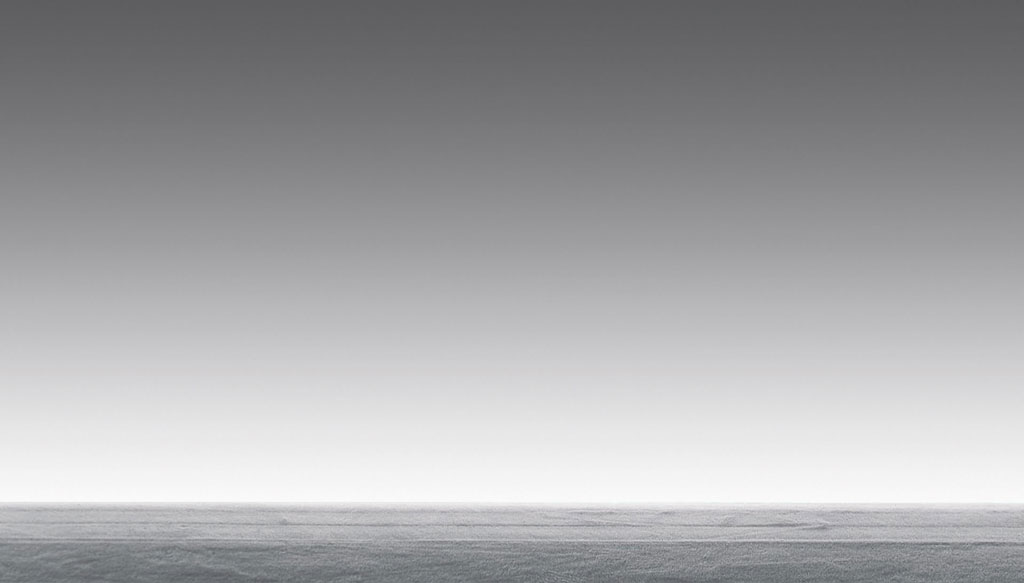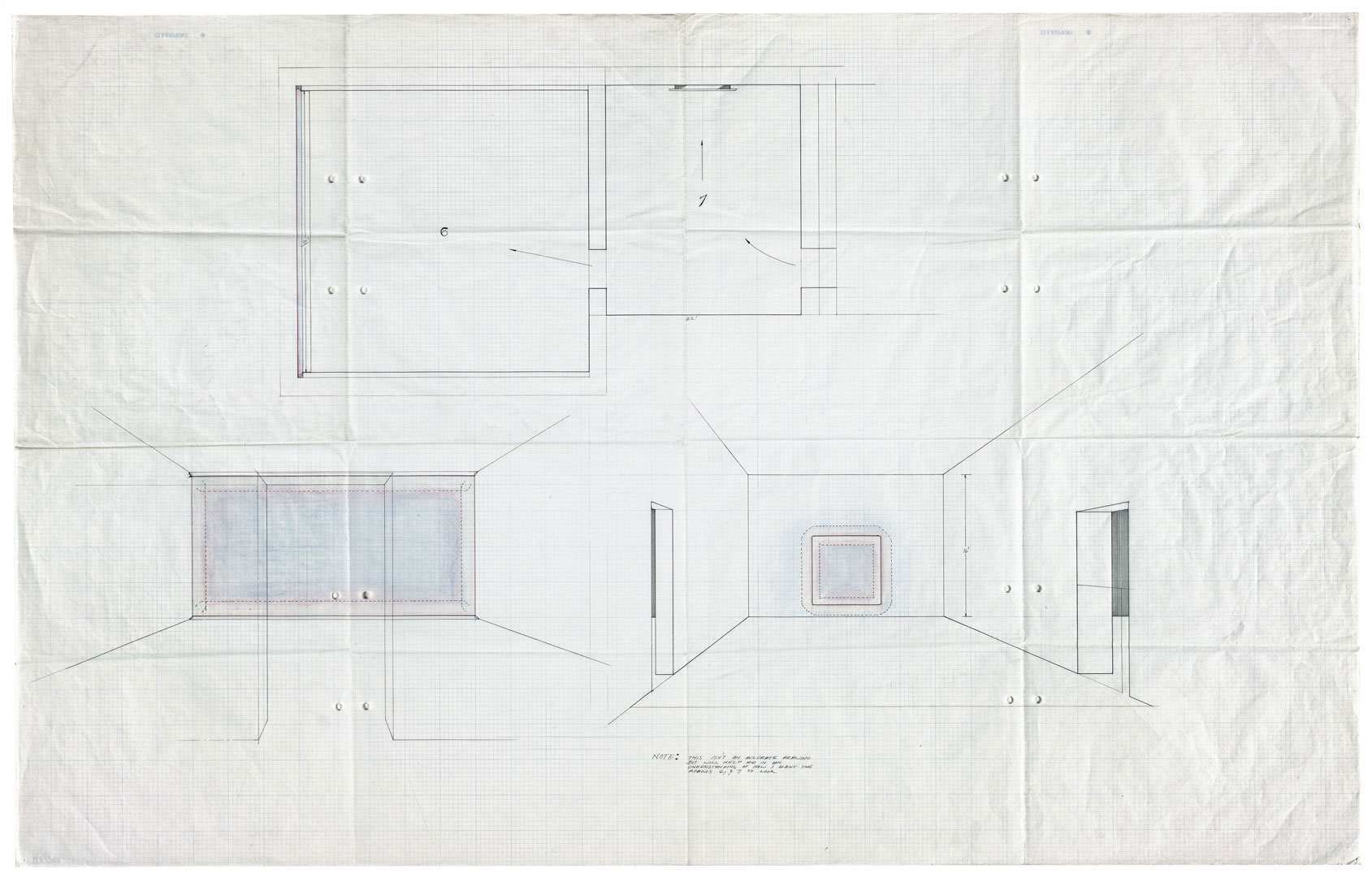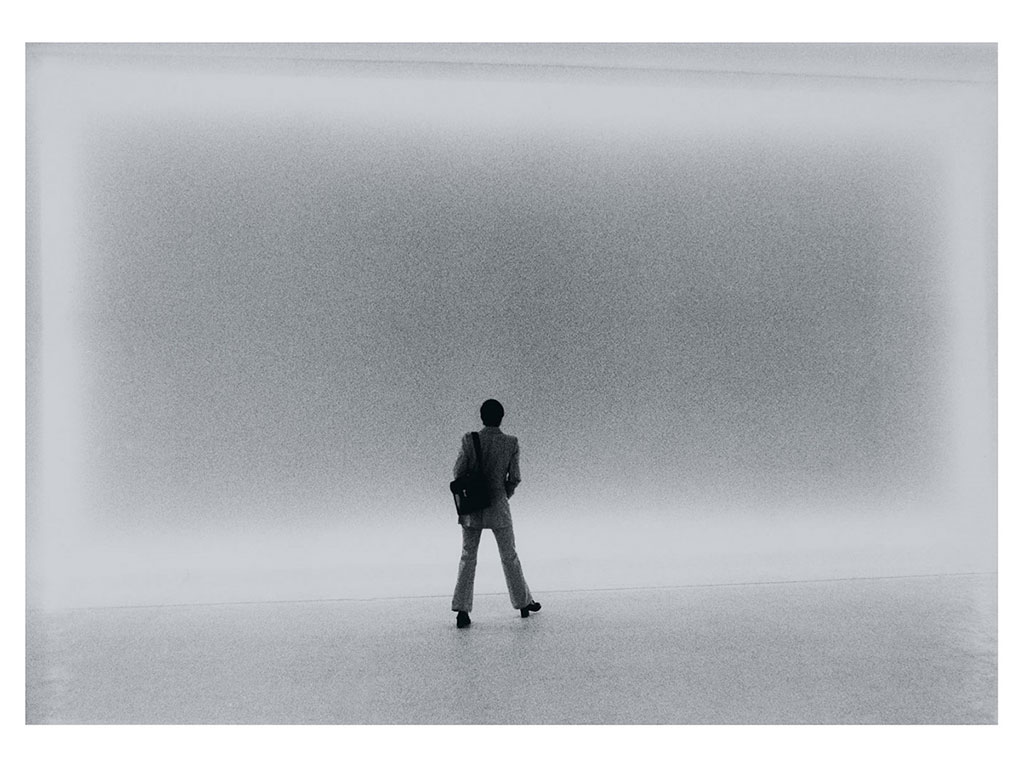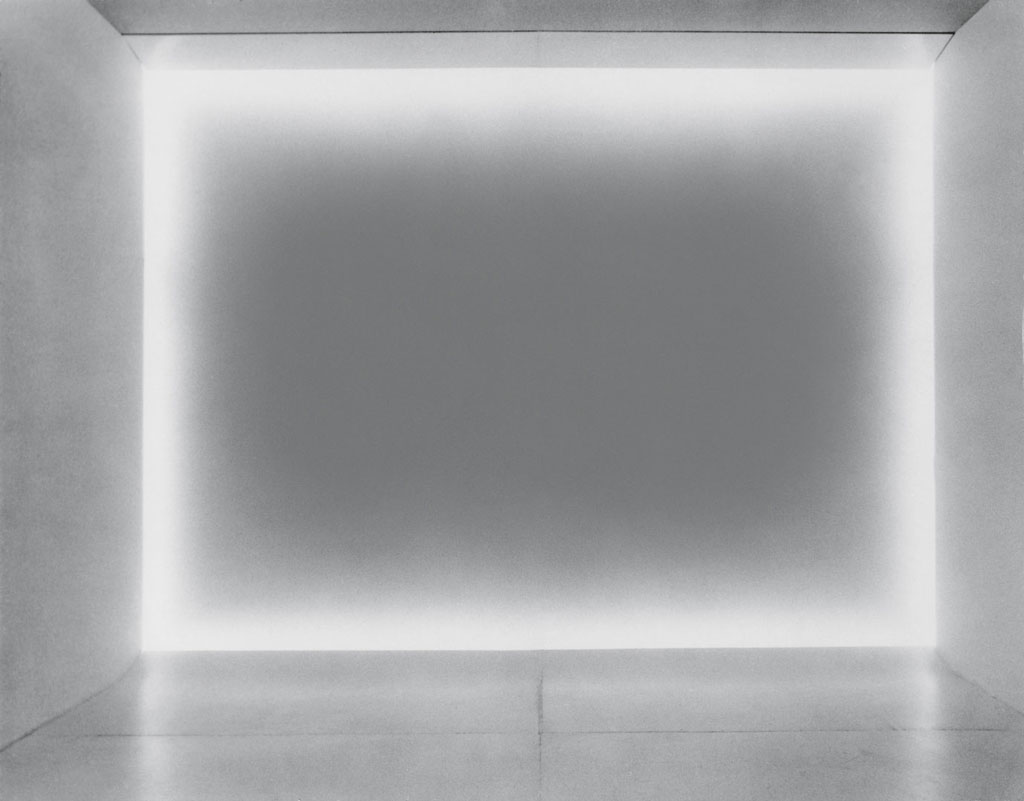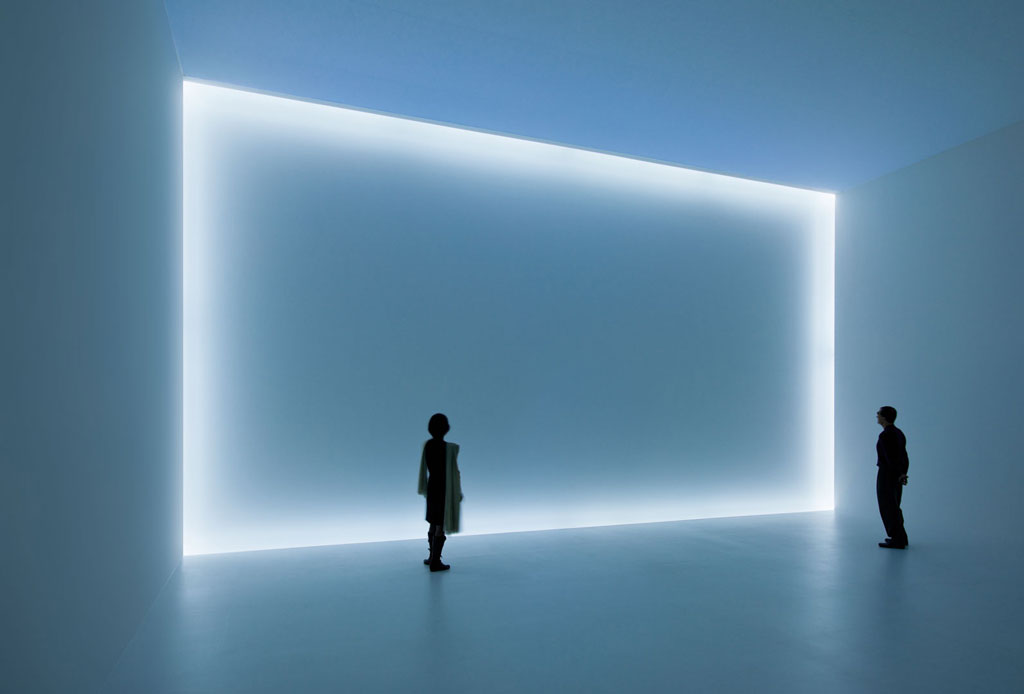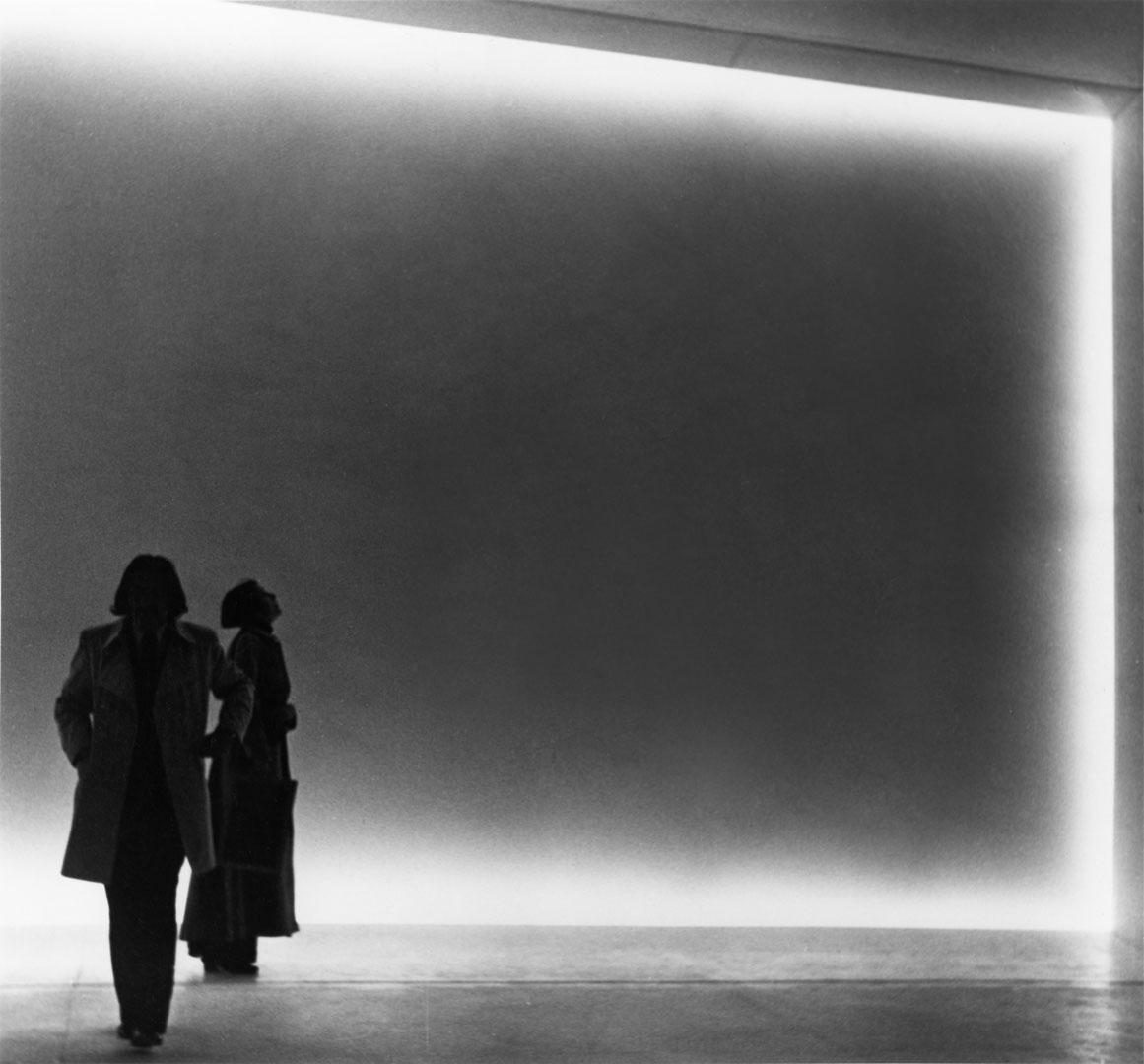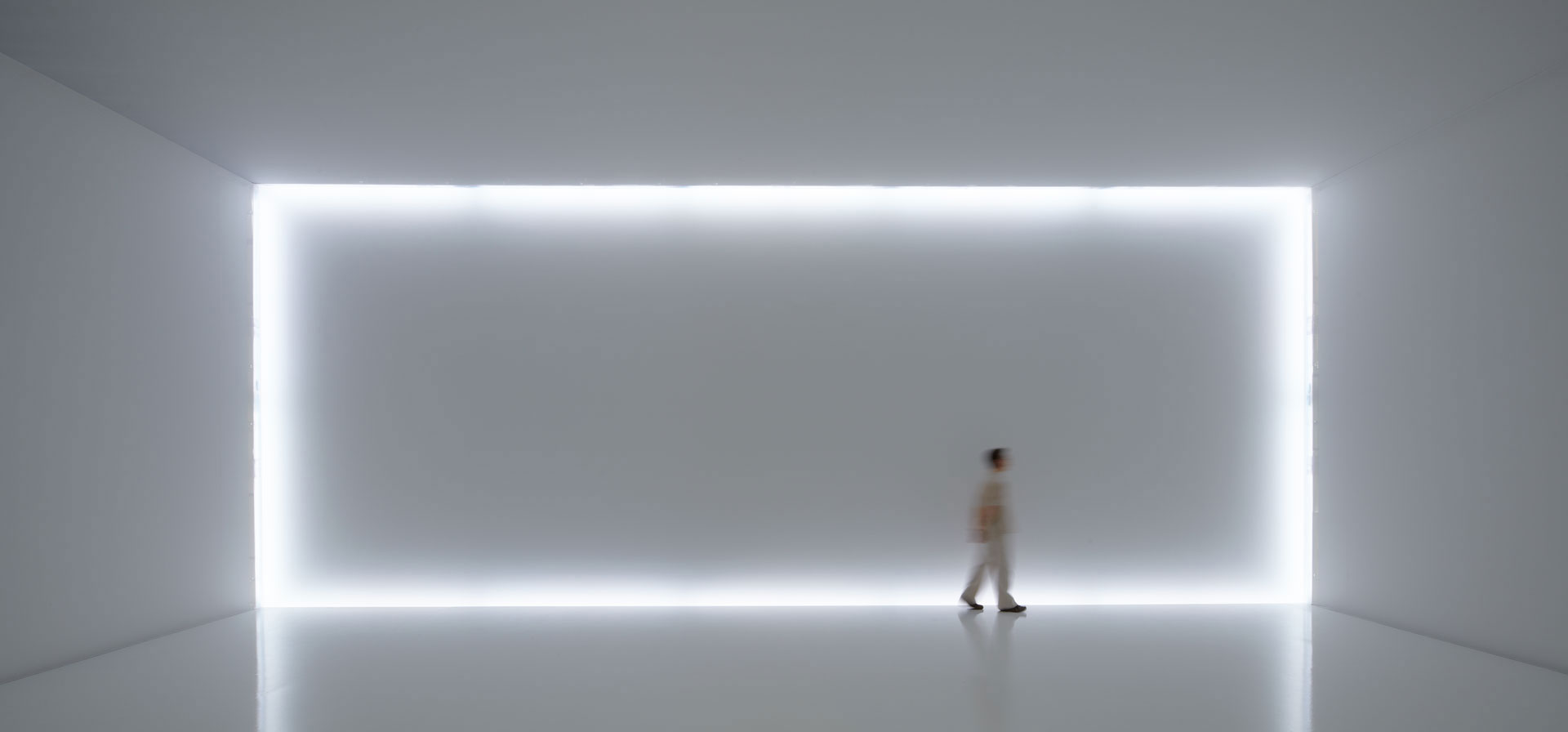ART CITIES:N.York-Doug Wheeler
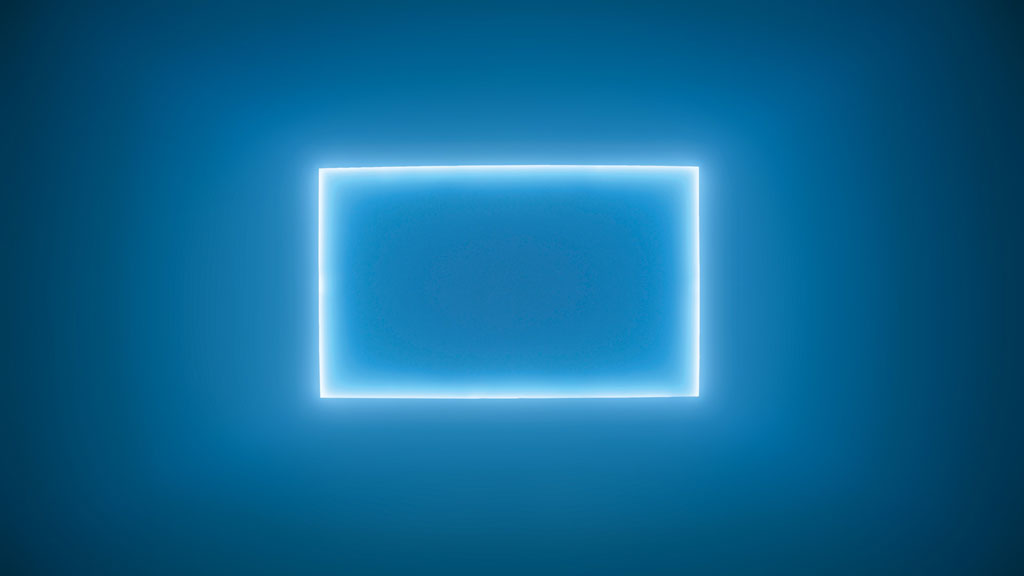 In the 1960s and ’70s, light became a primary medium for a loosely-affiliated group of artists working in Los Angeles. Whether by directing the flow of natural light, embedding artificial light within objects or architecture, or by playing with light through the use of transparent, translucent or reflective materials, these artists each made the visitor’s experience of light and other sensory phenomena under specific conditions the focus of their work.
In the 1960s and ’70s, light became a primary medium for a loosely-affiliated group of artists working in Los Angeles. Whether by directing the flow of natural light, embedding artificial light within objects or architecture, or by playing with light through the use of transparent, translucent or reflective materials, these artists each made the visitor’s experience of light and other sensory phenomena under specific conditions the focus of their work.
By Efi Michalarou
Photo: David Zwirner Gallery Archive
Doug Wheeler is fascinated by the way light can transform entire landscapes and eliminate all spatial-temporal references, and define new ones. Using artificial light sources as a medium, Wheeler creates ambient works that invite the viewers to immerse themselves in them: large fields of light that disorientate us and make us aware of our physical limits. These large-scale structures, modulated by light only, make the space seem continuous and infinite, completely changing our perception of the architecture. Built within the David Zwirner Gallery’s space, Doug Wheeler’s “SA MI 75 DZ NY 12” (2012) explores the materiality of light while emphasizing the viewer’s physical experience of infinite space. The installation was first realized with the title “49 Nord 6 Est 68 Ven 12 FL” in a solo exhibition at FRAC Lorraine, in Metz, France in 2012, in which it was one of three immersive installations developed by the artist. This installation marks the culmination of a body of work which has evolved to refine both technical methods and sensory effects to the utmost degree, transforming the architecture of the gallery and viewers’ sensory responses into a complete experience of light and space. As a pioneer of the “Light and Space” movement, Wheeler’s prolific and ground- breaking body of work encompasses drawing, painting, and installations that are characterized by a singular experimentation with the perception and experience of space, volume, and light. Raised in the high desert of Arizona, Wheeler began his career as a painter in the early 1960s while studying at the Chouinard Art Institute in Los Angeles. Wheeler’s early white canvases incorporated abstract imagery that created a spatial dynamic and activated the central void of the painting’s field. His practice quickly developed into the environmental aesthetic for which he is presently best known. In 1965, the artist made a transitional work in which he over- sprayed a canvas with subtle variations of white and installed neon tubes inside the back of the frame. Installed with a white floor, the painting appeared to float on the wall. Wheeler subsequently abandoned canvas altogether with a body of innovative, radiant works known as “fabricated light paintings” in which he applied lacquer to Plexiglas boxes that were illuminated from within by neon tubing. These paintings were followed by his “light encasements” which consist of large squares of painted vacuum-formed plastic painted on the interior acrylic backing and with neon light embedded along the inside edges. Intended to be installed in a pristine white room with all angles covedcoved angles, these works dematerialize and create an immersive and spatially ambiguous environment that absorbs the viewer in the subtle construction of pure space. In 1969, at the Stedelijk Museum in both Amsterdam and Eindhoven, Wheeler realized his first environmental installation outside of his studio, a “light wall”, using a single row of daylight neon light embedded inside a viewing aperture that encompassed the entire dimension of the gallery wall within an enclosed space. He stretched a nylon scrim material that he found in Europe to create a luminous “ceiling” that captured and reflected light and appeared to float above the room. In effect the wall became the painting itself. In subsequent exhibitions, Wheeler continued to explore similar effects by manipulating architecture with neon and fluorescent lighting, creating entire luminous rooms in which the viewer experienced the sensation of entering an infinite void. In 1975, for a solo exhibition at the Salvatore Ala Gallery, Milan, Wheeler executed the first of his “infinity environments” by creating an expansive all-white room that simulated dawn, day, and dusk in a continual succession. This and 13 other Wheeler environments were acquired by the collector Giuseppe Panza di Biumo. Wheeler created similar environments at only two other venues: the Museum of Contemporary Art, Los Angeles (1983), and the Guggenheim Museum Bilbao (2000). As the fourth of the artist’s “infinity environments,” the installation at David Zwirner will similarly replicate the transition from day to night.
Info: David Zwirner Gallery, 519 West 19th Street, New York, Duration: 24/1-21/3/20, Days & Hours: Tue-Sat 10:00-18:00, www.davidzwirner.com
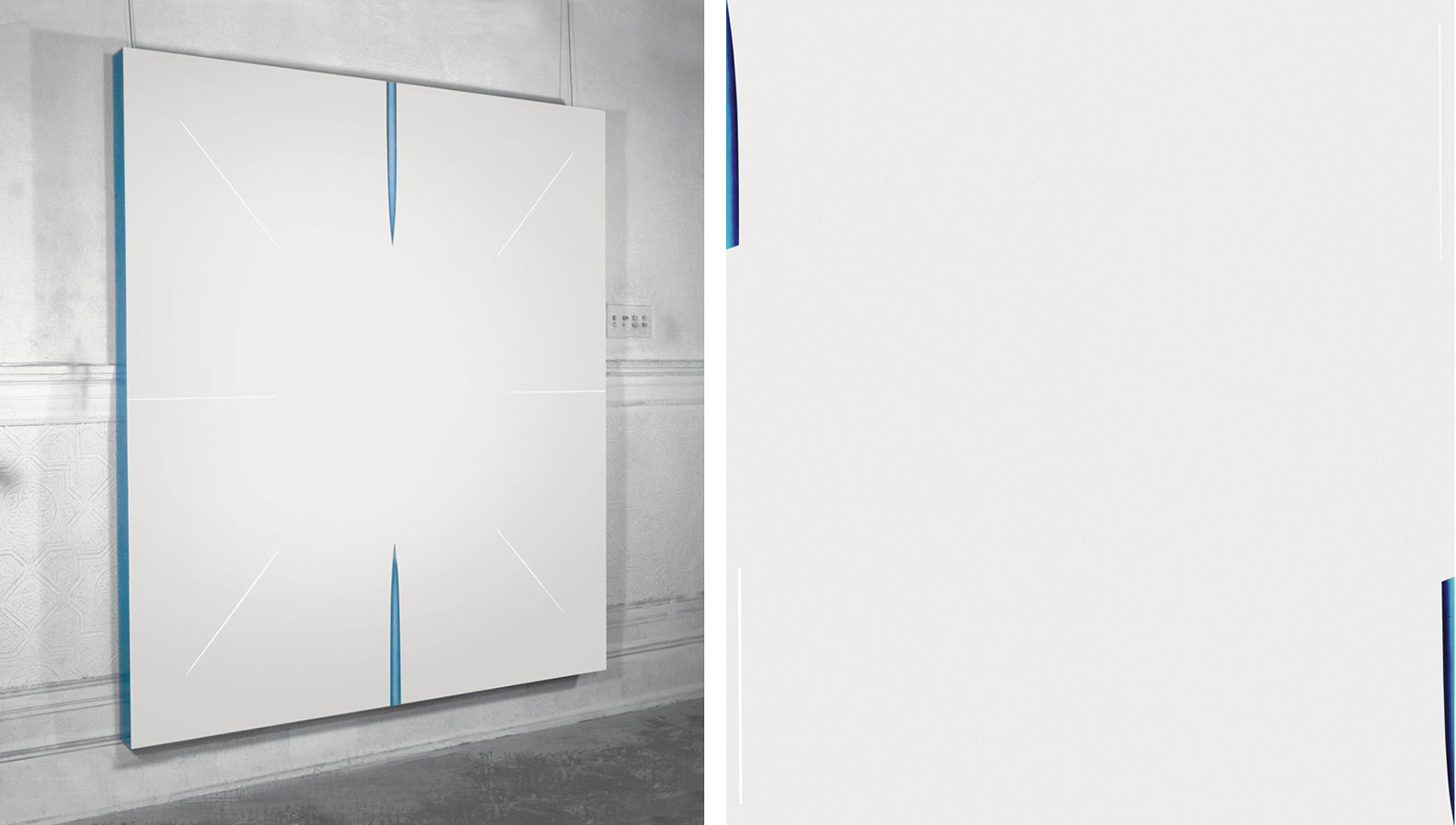
Right: Doug Wheeler, Untitled, 1963 , Acrylic on canvas, 223.5 x 203.2 x 11.4 cm, © Doug Wheeler, Courtesy the artist and David Zwirner Gallery
